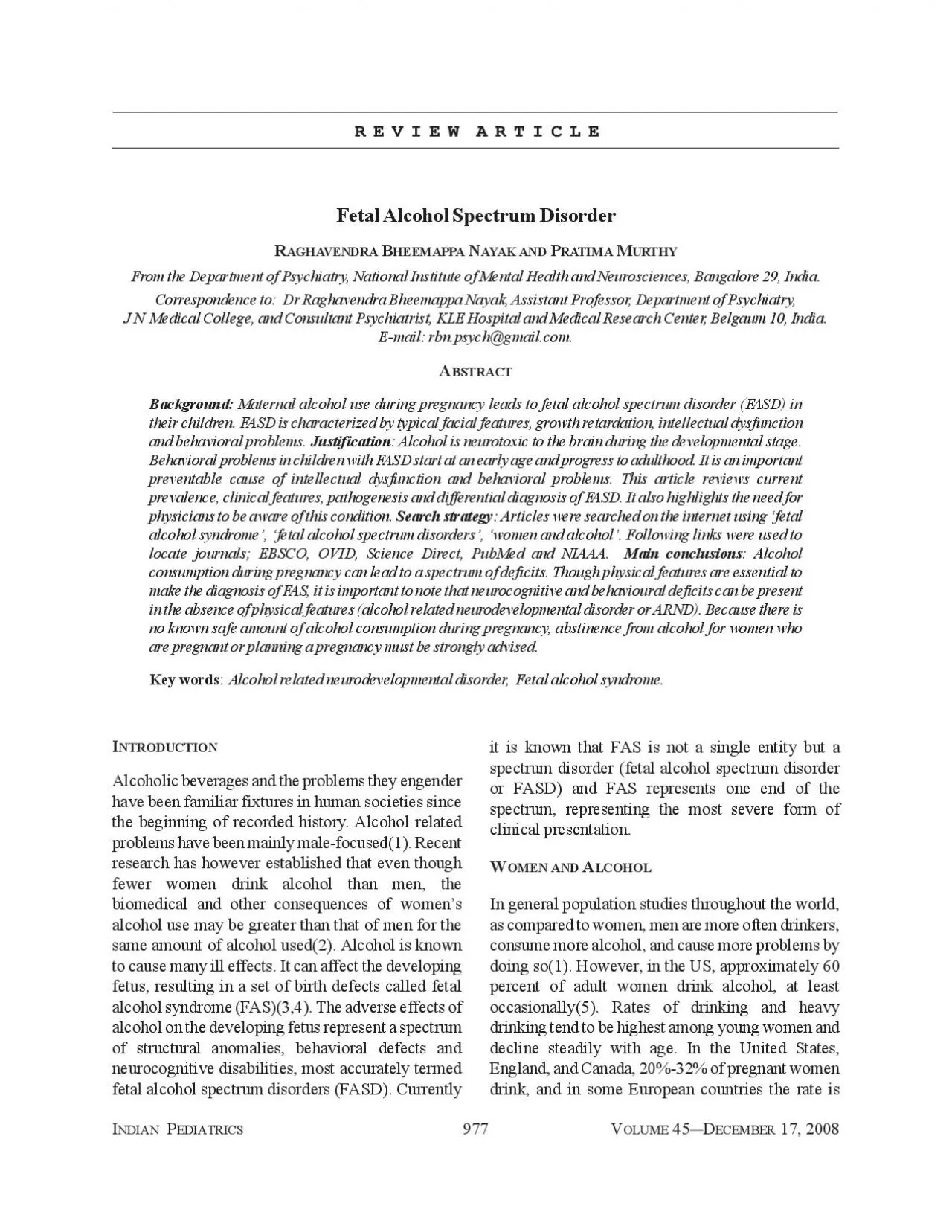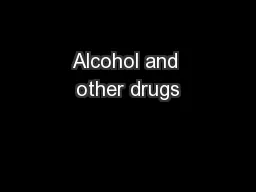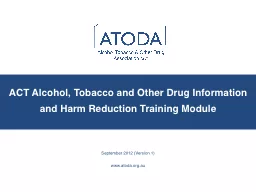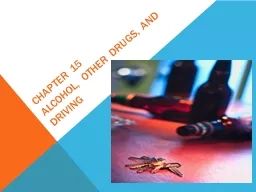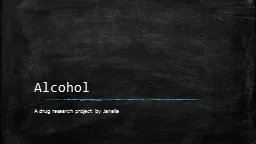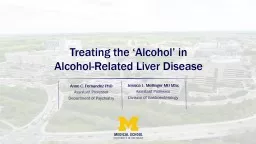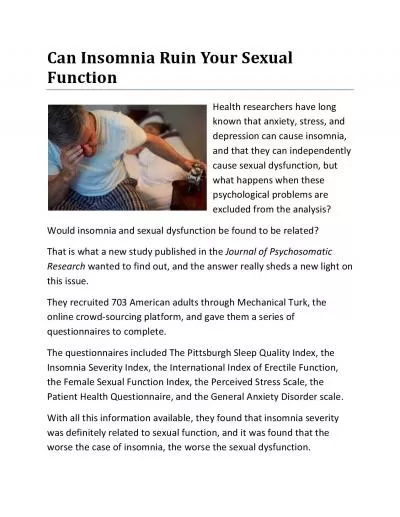PDF-the beginning of recorded history Alcohol relatedbiomedical and other
Author : brooke | Published Date : 2022-09-20
Fetal Alcohol Spectrum DisorderAGHAVENDRAHEEMAPPAAYAKRATIMAURTHYFrom the Department of Psychiatry National Institute of Mental Health and Neurosciences Bangalore
Presentation Embed Code
Download Presentation
Download Presentation The PPT/PDF document "the beginning of recorded history Alcoho..." is the property of its rightful owner. Permission is granted to download and print the materials on this website for personal, non-commercial use only, and to display it on your personal computer provided you do not modify the materials and that you retain all copyright notices contained in the materials. By downloading content from our website, you accept the terms of this agreement.
the beginning of recorded history Alcohol relatedbiomedical and other: Transcript
Download Rules Of Document
"the beginning of recorded history Alcohol relatedbiomedical and other"The content belongs to its owner. You may download and print it for personal use, without modification, and keep all copyright notices. By downloading, you agree to these terms.
Related Documents

